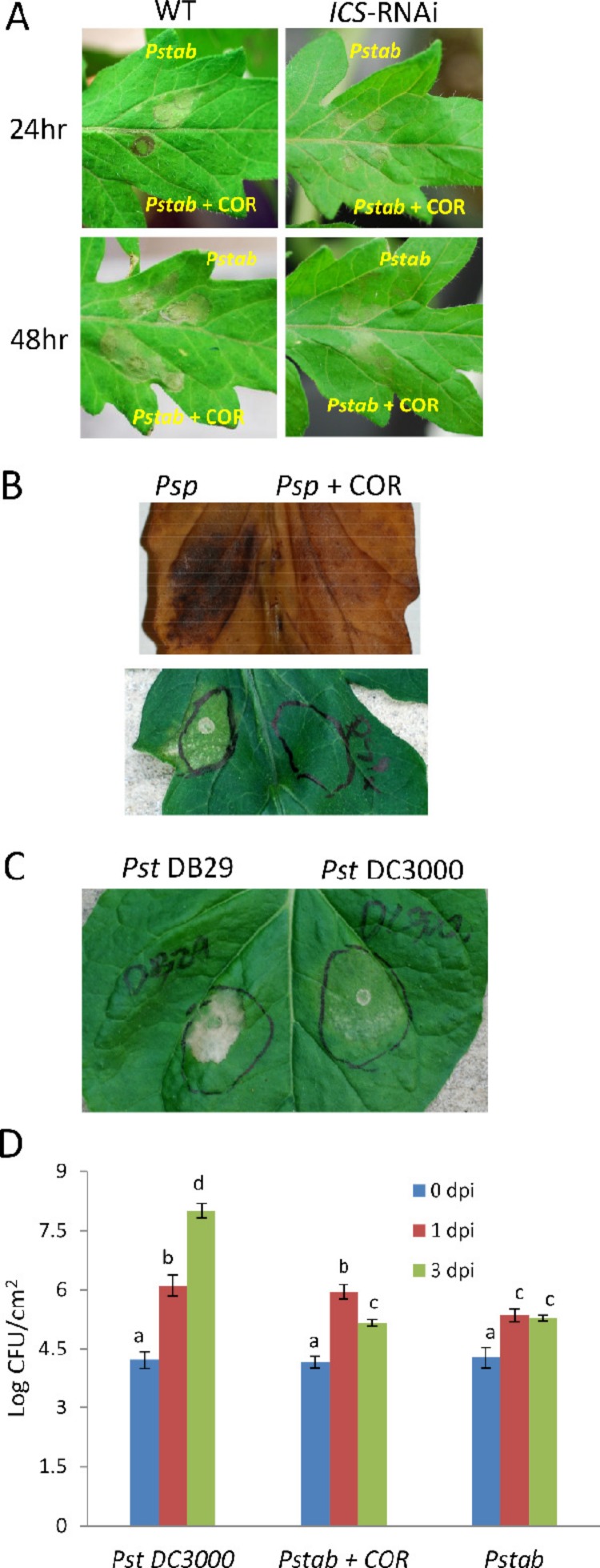Figure 2. COR delays nonhost HR cell death induced by P. syringae pv. tabaci and P. syringae pv. phaseolicola in tomato.
(A) Wild-type and ICS-RNAi tomato leaves were infiltrated with P. syringae pv. tabaci (6 × 102 CFU/ml) with or without COR (100 ng/ml). The development of nonhost HR cell death was determined 24 h and 48 h after infiltration. (B) Another nonhost pathogen, P. syringae pv. phaseolicola, (6 × 102 CFU/ml) was syringe (needleless) infiltrated with or without COR (100 ng/ml) to tomato leaf. After 24 h of infiltration, a photograph was taken (lower panel) and leaf samples were collected for DAB staining to visualize H2O2 production at the site of infection (upper panel). (C) Delay of nonhost HR cell death by COR producing nonhost pathogen P. syringae pv. tomato DC3000 in N. benthamiana. P. syringae pv. tomato DB29 is the mutant strain that does not produce COR. A photograph was taken 24 h after infiltration. (D) The bacterial population of P. syringae pv. tomato DC3000 (Pst DC3000), P. syringae pv. tabaci (Pstab) and P. syringae pv. tabaci with COR (Pstab + COR) was measured 0, 1 and 3 days post inoculation (dpi). The bacterial concentration of 2 × 102 CFU/ml was used for both pathogens. Bars represent the means ± standard deviation (SD) from three leaf samples per treatment. Three independent experiments were performed. Different letters above bars indicate significantly different values between treatments (P < 0.05, Student’s t test).

